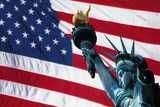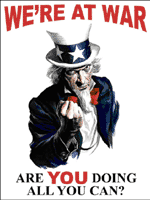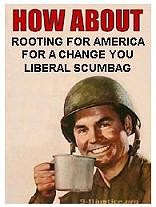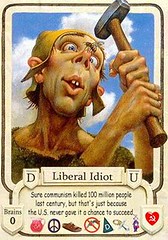To Rehabilitate the "Culture", pt. 3 - Earlier today, residents of New Orleans staged a march against violent crime in their benighted city. As reported in the Times Picayune, the murders of a local performer, Dinerral Shavers, and documentarian Helen Hill galvanized New Orleanians into action. With some estimates putting the crowd at 3,000, it is apparent that citizens have had quite enough of Mayor Ray Nagin's inability to police his city.
The depth and breath of the situation is as easy to comprehend as it is hard to fathom. In 2006, the city's murder rate was an astounding 80 murders per 100,000 residents. And as of January 11, New Orleans has reported nine murders since the New Year began, most being gang- or drug-related. This level of violence is all the more confounding given the massive depopulation New Orleans experienced, as occasioned by Hurricane Katrina. For his part Mayor Nagin has announced several initiatives to deal with the escalating violence, to include increasing the police presence in crime-infested areas and encouraging greater community involvement in law enforcement efforts.
Understandably, some residents are skeptical, with the Picayune quoting one resident as saying that his gut reaction was "this is just a placebo." To be sure, all that has come before this march - indeed all that has preceded and followed Katrina itself - suggests that Mr. Nagin's efforts will be too little and too late. It will soon become evident to many of the marchers that they and Mr. Nagin are confronting a culture of nihilism that is not unlike that embraced by the adherents of radical Islam in Iraq and elsewhere.
The "ideology" of the street thugs that bedevil New Orleans proposes that life is to be valued less than earning power and respect, particularly among their confederates. It is not a stretch to highlight the obvious similarities of behavior and mindset between the thugs and murderers plaguing New Orleans and those menacing Baghdad. But in this tale of two cities, the salient difference is that while Mayor Nagin is still a sympathetic figure (at least in the national press) George Bush is seen by many within and outside the media establishment as the biggest problem facing Iraq and America.
To his eternal credit, President Bush acknowledges the essential nature of those with whom he struggles. As of this writing, it is not clear that Mr. Nagin has had a similar epiphany. The irony of all of this is that (counter to media stereotypes) Mr. Bush continues to implement military, diplomatic and reconstruction initiatives to improve the situation for Iraqis, while Mr. Nagin seems ready to rely mostly on criminal justice strategies to carry the day in New Orleans.
Nagin has not announced any efforts to improve educational outcomes or employment opportunities for his constituents. Nor has he hinted at anything reflective of an understanding that a widespread and sustained rehabilitation of the culture of both the criminals and the city that either nurtured them or looked the other way as they made their mischief is in order.
It would be interesting to find out whether Mr. Nagin's approval ratings would mirror President Bush's if only they were covered in a similarly disparaging manner in the mainstream media. Fortunately (at least for Mr. Bush), historians will be left to cast judgement on the efficacy of both men's efforts in their respective struggles. By then, most of the journalists carrying water for Nagin and his ilk will be long removed from the scene. For the sake of New Orleans, one hopes that it's criminal element will be long gone as well.
Thursday, January 11, 2007
Subscribe to:
Post Comments (Atom)











.jpg)









No comments:
Post a Comment